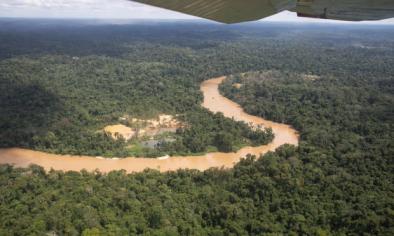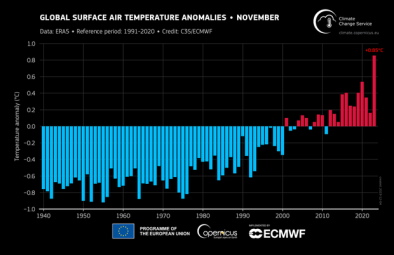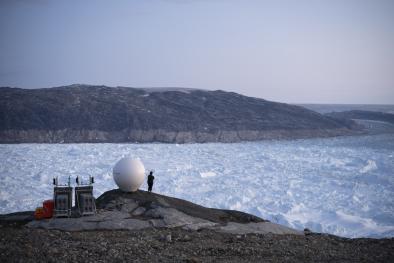Science Source
The contribution of anthropogenic forcings to regional changes in temperature during the last decade
- Computes regional distributions of the mean annual temperature in the 2000s with and without the effect of anthropogenic influences on the climate in several sub-continental regions
- Regresses simulated global patterns of the temperature response to external forcings against observations using optimal fingerprinting. The global analysis provides constraints which are then used to construct the regional temperature distributions
- States tht a similar approach was also employed in previous work, but here the methodology is extended to examine changes in any region, including areas with a poor observational coverage that were omitted in the earlier study
- Uses two different General Circulation Models (GCMs) in the analysis
- Finds that anthropogenic forcings have at least quadrupled the likelihood of occurrence of a year warmer than the warmest year since 1900 in 23 out of the 24 regions
- Notes that the temperature distributions computed with the two models are very similar
- States that while a more detailed assessment of model dependencies remains to be made once additional suitable GCM simulations become available, the present study introduces the statistical methodology and demonstrates its first application.
- States the derived information concerning the effect of human influences on the regional climate is useful for adaptation planning
- Concludes that, by pre-computing the change in the likelihood of exceeding a temperature threshold over a range of thresholds, this kind of analysis enables a near real-time assessment of the anthropogenic impact on the observed regional temperatures


Related Content
Headline

Feb 15, 2024 | Climate Nexus Hot News
Amazon Could Reach Tipping Point By Midcentury
Headline

Jan 16, 2024 | Climate Nexus Hot News
2023 Smashes Hottest Year Record
Headline

Dec 7, 2023 | Climate Nexus Hot News
It’s Official - 2023 Is World's The Hottest Year On Record
Headline

Dec 7, 2023 | Climate Nexus Hot News
Earth Veering Closer To Dangerous Tipping Points


